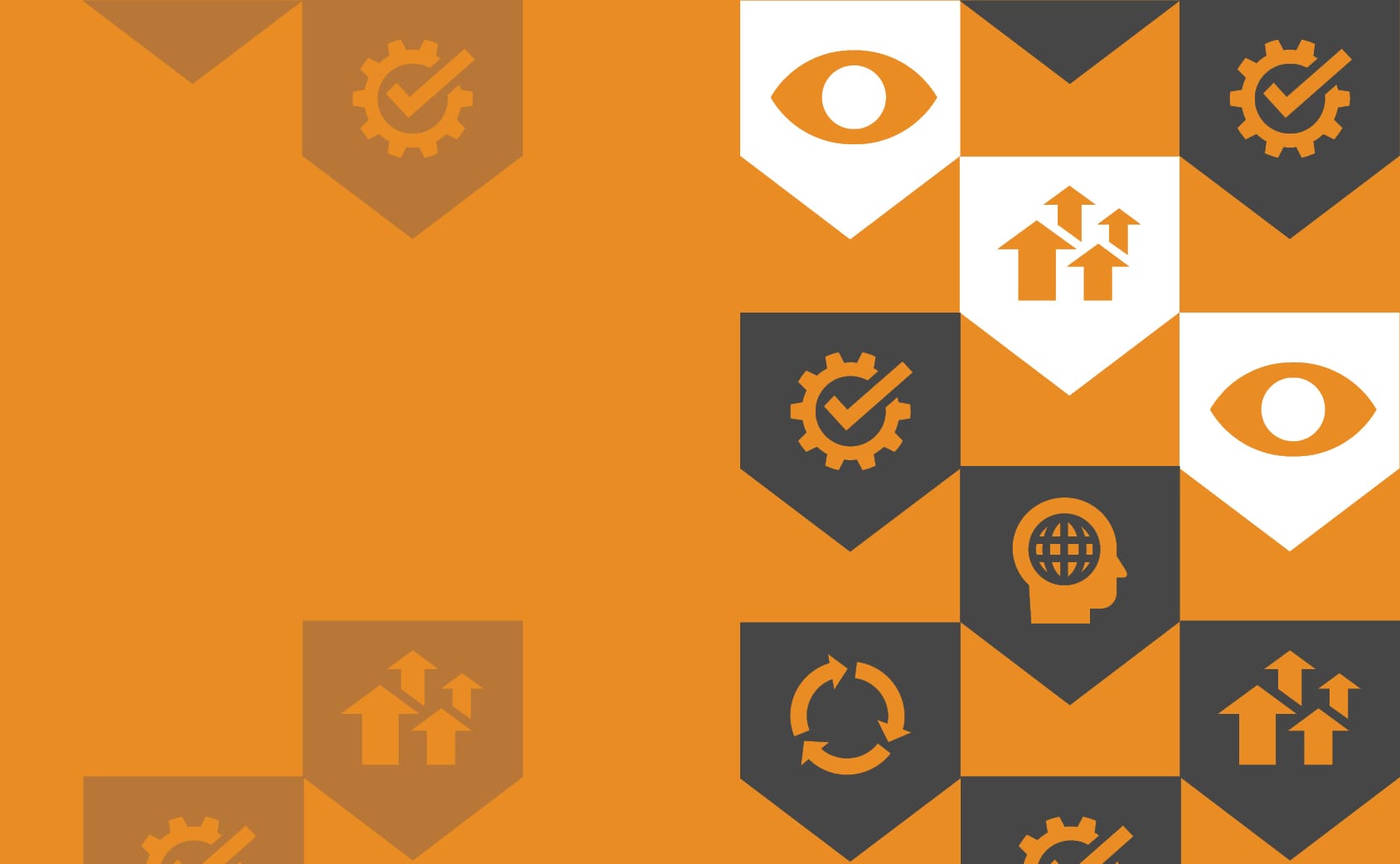We unite expertise and tech so you can outthink, outpace and outperform

We unite expertise and tech so you can outthink, outpace and outperform
PwC Academy
Founded in 2009, PwC’s Academy is the learning and education business of the leading accounting and business consulting firm in Cyprus, PricewaterhouseCoopers Ltd (PwC Cyprus).
Our aim is to support today’s businesses to effectively face the continuously changing business landscape by skilling, upskilling, offering Continuous Professional Development (CPD) and globally recognised professional qualifications to their people.


Press Room
Your one-stop destination for the latest news, articles, interviews, and press releases. Stay informed about our latest developments and insights as we share our journey with the world.
Explore our comprehensive media resources to discover more about our mission, innovations, and impact.









